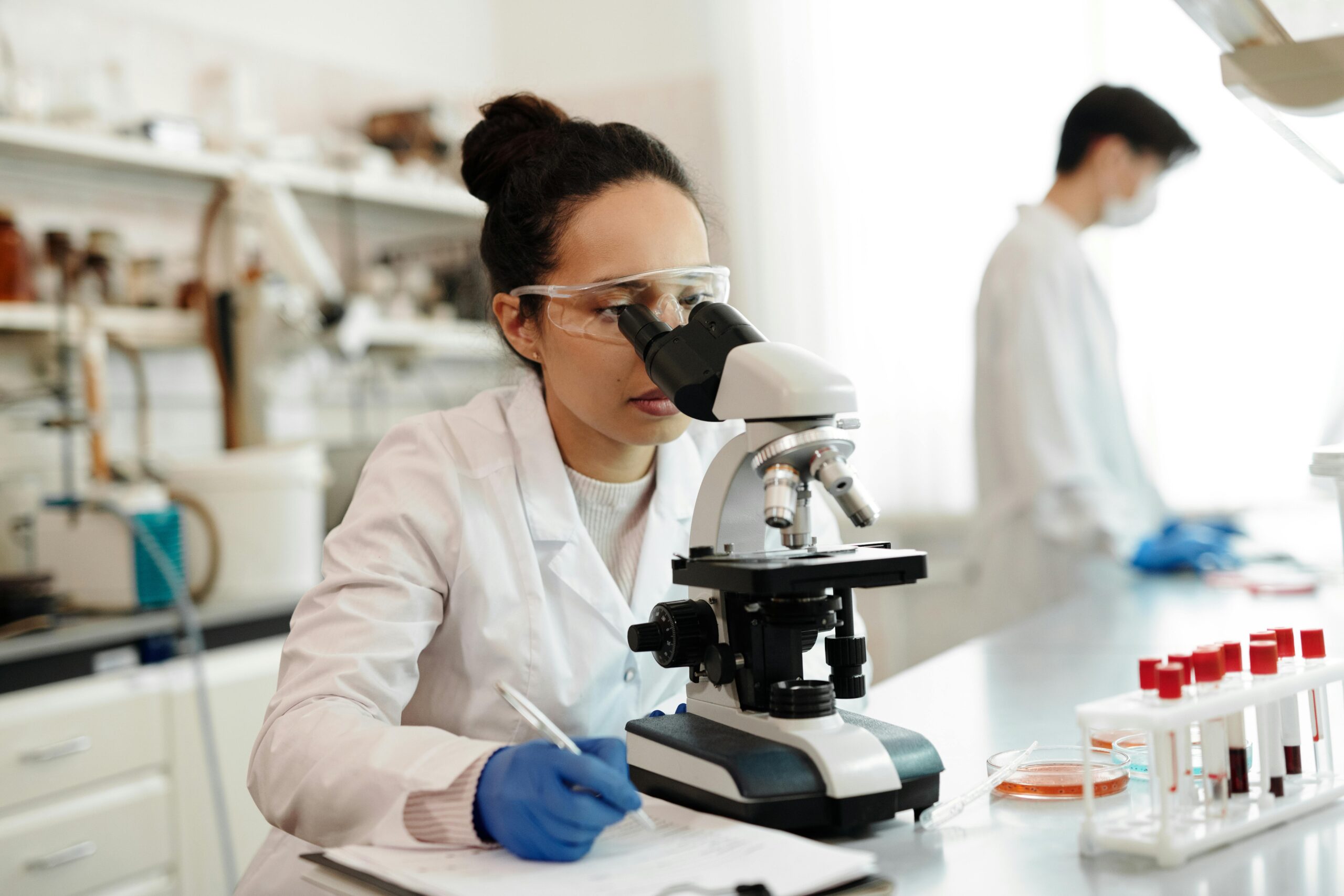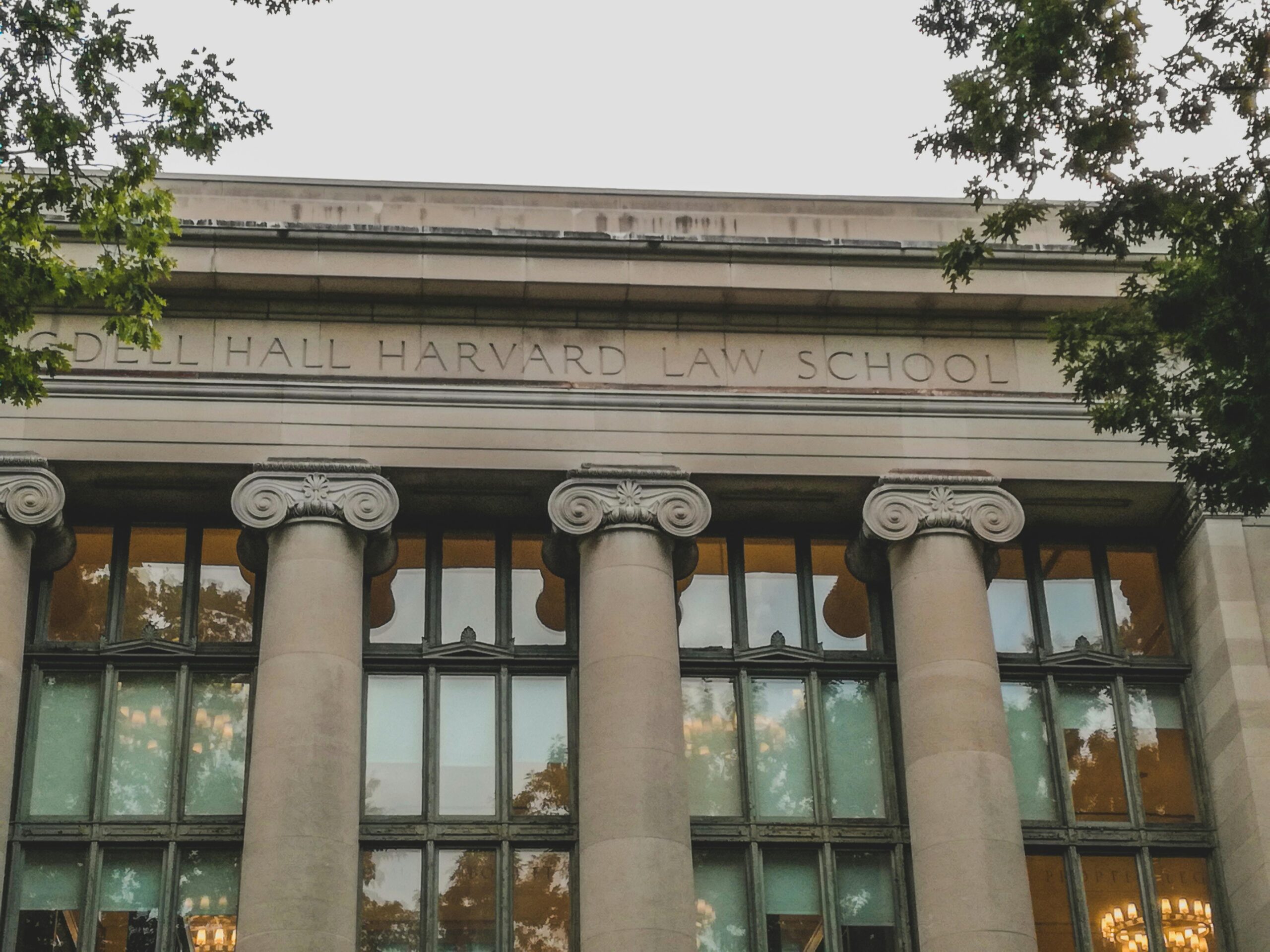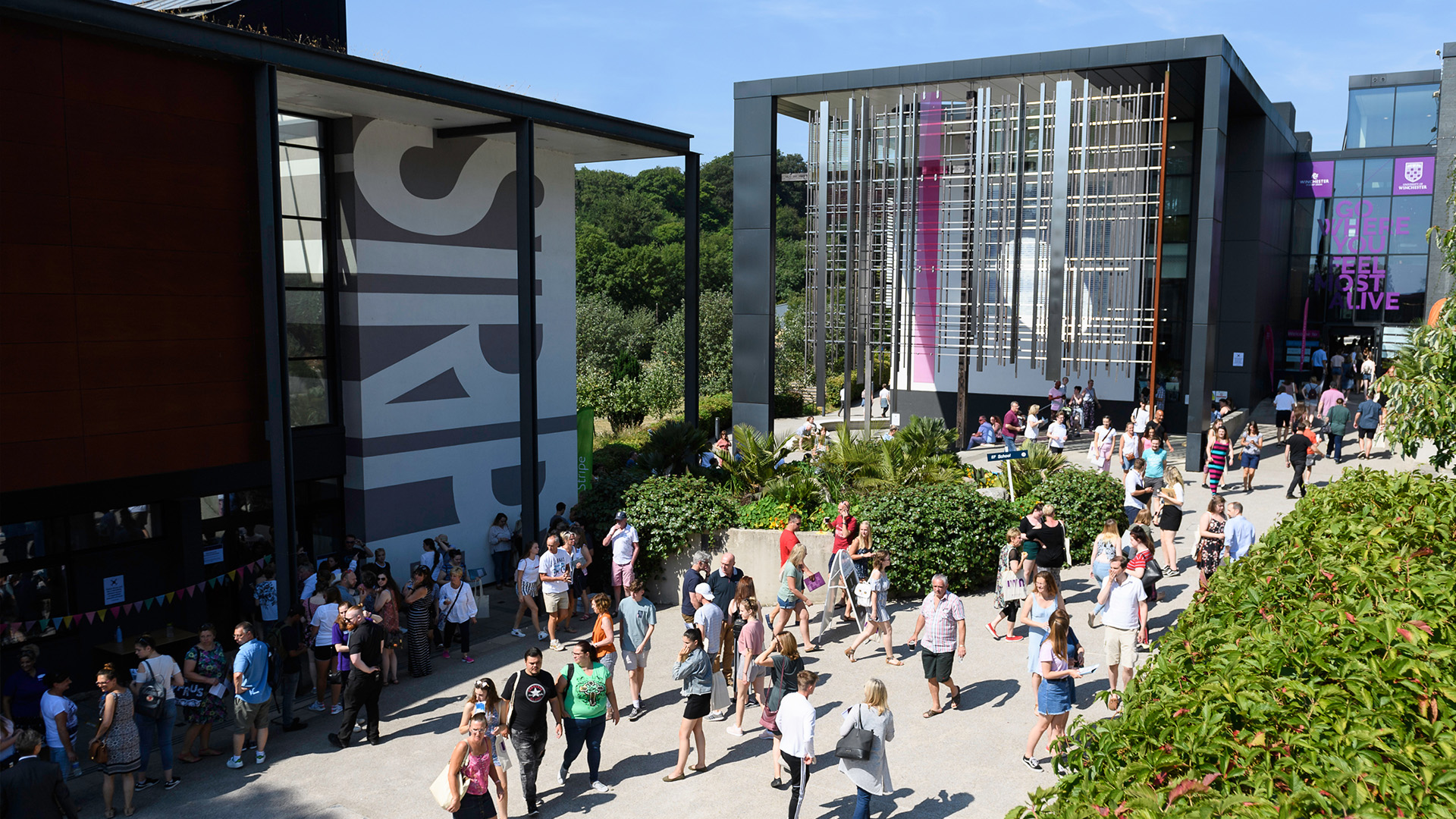Introduction
Biotechnology is a novel science at the junction of biology and technology. It entails assimilating chemistry, animals, plant cells, tissues, and molecular imitators to create developed products and services. This area has received considerable emphasis on using genomics in different fields, including medicine and agriculture. His blog will be characterized by primary principles as well as processes of biotechnology. Click here
What is Biotechnology?
Biotechnology is a field that binds biology and technology in its definition. t involves applying living things, organisms, cells, and chemical components corresponding to natural counterparts for manufacturing products and services. European FedThe eration of Biotechnology perceives biotechnology as combining the natural sciences and technologies that produce helpful goods and services—he Prince Heo biotechnology biotechnological intelligence to bioengineer organisms to make the intended effect.
Principles of Biotechnology
There are two fundamental principles of biotechnology: genetic engineering and maintaining sterile culture.
Genetic Engineering
Genetic engineering refers to the application of the processes of recombining DNA. Cutting and patting DNA fragments from different sources produces recombinant DNA. His technique can insert new genes into an organism, facilitating the output of the desired product. The critical steps involved in genetic engineering are:
- Gene Cloning: A single gene of interest is extracted from the host organism and cloned into many copies by applying genetic engineering methods. His gene is Hist into a vector such as a carrier molecule plasmid.
- Transformation: The produced recombined DNA is then transferred into the host microorganism, most often a bacterium, by the transformation procedure. He then replicates the recombinant DNA, and each cell of the host organism consists of many copies of the gene of interest.
- Product Production: The gene is transferred into the bacteria and inserted into the bacterial genome to become the host organism, producing the product through gene expression.
Maintenance of Sterile Culture
Ensuring a sterile culture is essential in biotechnology to keep the culture clean and pure. Contaminants’ entry interferes with organisms’ growth and development, making the data unreliable. Sterile conditions are maintained in different ways, e.g., using sterile equipment, protective clothing, and a controlled environment.
Tools of Recombinant DNA Technology
Recombinant DNA technology involves manipulating DNA using specific tools and enzymes, including restriction enzymes, ligases, alkaline phosphatase, and DNA polymerase. Biotechnology
Restriction Enzymes
Restriction enzymes, commonly called scissors, are naturally produced by bacteria. Ey specifically recognizes DNA sequences and cuts the DNA at these sequences. Through restriction enzymes, researchers can identify and alter gene sequences required for specific experiments, which are also used for cloning and constructing recombinant DNA. Click now

Ligases
Ligases, or molecular glues, are enzymes that link DNA segments to make genetic structures. They are part of the gen of longing, longing the gene of interest, such as a plasmid, attached to the vector m molecule. Ligases hold phosphodiesters between DNA fragments; hence, the output DNA is recombined.
Alkaline Phosphatase
Alkaline phosphatase is an enzyme that hydrolyses phosphate groups from DNA. In biotechnology, it is used to prevent threonine in many rules. Phosphate rejoining groups are removed here, creating the boundless situation needed to modify these DNA further ends.
DNA Polymerase
DNA polymerase is an enzyme involved in DNA replication. Biotechnology functions in DNA replication enable gene cloning. It allows the rod production of a specific number of copies of an individual gene for research or to make a product. Biotechnology
Vectors in Biotechnology
Vectors are irreplaceable in biotechnology; this novel molecular technique allows DNA insertion into a host organism. Therefore, they serve as a means of copying and expressing foreign genes. The most common vectors in technology are plasmids and viruses. Plasmids are tiny, tinkering, mainly circular DNA dope outside chromosome DNA within a bacterium and your or animism. They can move their materials and reproduce in a host organism in a deviant condition.
Conclusion
Biotechnology is a rapidly developing discipline that combines biology and technology to offer novel goods and vices. The blog has given me insight into the principles and procedures of biotechnology. By learning about the cities involved in biotechnology, we can admire their enormous influence on different industries and all aspects of our lives. Whether it is the development of life-saving drugs or genetically modified crops, biotechnology still transforms our world. Hence, let us take the field by storm and explore the unfolding horizons.
FAQs
1. What is Biotechnology study of?
Biotechnology is an intense look into the world of living organisms made up of biological compounds. BioteIt’s multidisciplinary science uses cells, genes, and specific biological processes to imitate and develop products and solutions in health care, agriculture, and environmental technologies.
2. What is Biotechnology used for?
The utilization of biotechnology is multifaceted, as it affects our health, food, and environment. It helps develop-saving medicines like insulin, produces genetically modified crops to increase, and helps in bioremediation to clean up pollutants.
3. Is Biotechnology a scope?
Biotechnology isn’t a scope in the sense of a defined study area but rather a rapidly growing field with immense career opportunities. It encompasses specializations, from gene editing to biofuels, offering exciting possibilities for those interested in innovation and making a real-world impact.
4. What is the scope of Biotechnology in the United Kingdom?
The UK thrives as a central hub for biotechnology, boasting a solid industry and world-class research. This translates to a flourishing scope for the field. Focusing on areas like medicine, agriculture, and environmental solutions, biotechnology offers exciting career opportunities and fuels innovation across the UK.
5. What are the four types of Biotechnology?
The world of biotechnology can be broken down into four major areas, each tackling unique challenges:
- Red Biotechnology
- Green Biotechnology
- White Biotechnology
- Blue Biotechnology
For more Articles, Click here.




